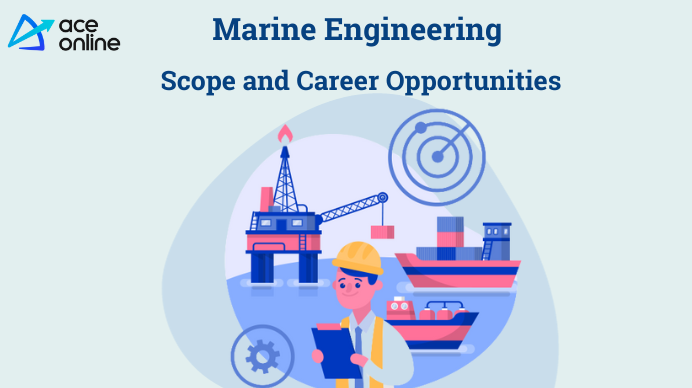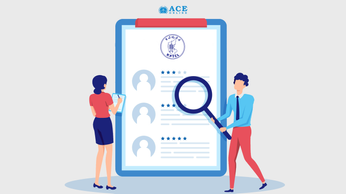
Top 6 Study Methods to Prepare for Your Exam
Taking exams can be stressful, but you can make it easier by improving your study habits.
Taking exams can be stressful, but you can make it easier by improving your study habits. Studying effectively and efficiently for your exams will prevent you from feeling unprepared and will set you up for success. Below are 6 study techniques to help prepare you for a successful exam:
1. SQ3R method
The SQ3R method is a reading comprehension technique that helps students identify important facts and retain information in their textbooks. SQ3R (or SQRRR) is an acronym that refers to the following five stages of the reading comprehension process.
Survey: Instead of reading the entire book, start by reading the first chapter and prepare notes on any headings, subheadings, pictures, or other special features, such as charts.
Question: Make questions around the content of the chapter like What is this chapter about? What do I already know about this subject? Question yourself like this on any topic.
Read: Start reading the entire chapter and look for the answers to the questions you have made.
Recite: After reading a section, summarize in your own words what you just read. Try to recall and identify the main points and answer any questions from step two.
Review: After you have completed the chapter, it is important to review the material to understand it fully. Quiz yourself on the questions you've created and read again any passages you need to.

2. Retrieval Practice
Retrieval learning is based on the concept of remembering at a later time. Recalling the answer to a question improves learning more than looking for the answer in your textbook. Memorizing & Writing the answer on a flashcard is much more effective than assuming you know the answer and flipping the card ahead of time.
If you practice retrieval, you are more likely to remember the information later. Below are some ways you can implement the recovery process into your study routine:
- Practice Tests: Instead of looking at your book or notes, use practice tests or questions to quiz yourself.
- Create your own Questions: Be your own teacher and create questions that you think will be on the exam. If you're in a study group, encourage others to do the same and prepare questions.
- Answer Flashcards: Create flashcards, but be sure to practice your retrieval technique. Instead of flipping the card in before, write the answer and then check later.

3. Empty Practice
Spaced learning (also known as "distributed learning") encourages students to study for longer periods of time instead of sitting down the night before. When our brains almost forget something, they struggle to recall that information. Taking a break from your study allows your mind to make connections between ideas and build up knowledge that can be easily recalled later.
To try this technique, review your material at intervals similar to the schedule below:
- Day 1: Learn the material in class.
- Day 2: Revisit and review.
- Day 3: Revisit and review.
- After a week: Revisit and review.
- Two weeks later: Revisit and review.
It is important to start planning early. At the beginning of each semester, schedule some time each day to study and review the material. Even if your exams are months away, this will help keep you ready for the Exam.
4. PQ4R method
This method takes an active approach to learning, which improves memorization and understanding of the topic. Similar to the SQ3R method above, PQ4R is an acronym that represents the six steps in the process:
Preview: Preview the information before you start reading to get an idea of what the subject is about. Read the material quickly like just read only the headers, subheadings, and highlighted text.
Question: Ask yourself questions such as What do I hope to learn? What do I already know about this topic?
Read: Read the information section by section and try to figure out the answers to your questions.
Reflect: Did you answer all your questions? If not, go back and see if you can find the answer.
Recite: In your own words, speak or write a summary of the information you just read.
Review: Go over the material again and answer any questions that have not yet been answered.

5. The Leitner System
The Leitner System is a learning technique based on flashcards. Ideally, you'll keep your cards in several different boxes to keep track of when you need to study each set. Each card starts in box 1. If you have the right card, you move it to the next box. If you miss a card, you move it down the box or put it in box 1 (if it already is).
Each box determines how much you study each set of cards, similar to the following schedule:
- Every day - Box 1
- Every two days - Box 2
- Every four days - Box 3
- Every nine days - Box 4
- Every 14 days - Box 5
6. Mind Mapping
If you're a visual learner, try mind mapping, which allows you to visually organize information in a diagram. First, you write a word in the middle of a blank page. From there, you write down the main ideas and keywords and connect them directly to the central concept. Other related ideas continue to branch off.
The structure of a mind map is related to the way our brain stores and retrieves information. Rather than writing down your notes, mind mapping can improve your reading comprehension. It allows you to see the big picture by communicating the hierarchy and relationships between concepts and ideas.
So, how to do it?
- Grab a blank piece of paper and write your topic of study in the center, such as "Child Development."
- Connect one of your main ideas (ie, a chapter of your book or notes) to a main topic, such as "Stages of Development."
- Connect sub-branches of supporting ideas to your main branch. It is a combination of ideas.
Tip: Use different colors for each branch and draw pictures if that helps.
Conclusion
Want to miss your chance in upcoming competitive exams? If not, avoid the above mistakes. Additionally, adopt a positive attitude while studying for the exam. Believe in your abilities and work hard to achieve your goals.
ACE Online Newsletter
Join the newsletter to receive the latest updates in your inbox.







